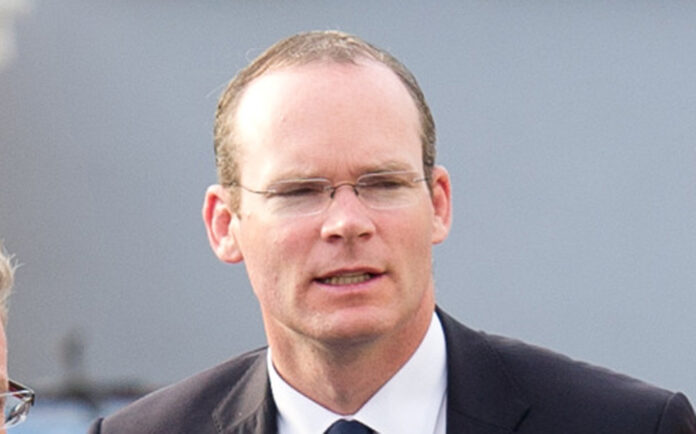The Minister for Agriculture, Simon Coveney has released further details of the first tranche of applications for GLAS, Ireland’s new agri-environment scheme, co-funded by the European Agricultural Fund for Rural Development.
Minister Coveney welcomed the number of commonages that have come into GLAS – applications in respect of just under 2,700 commonages, or well over half of all commonages in the country, have been received.
“This is a major step towards the establishment of greatly enhanced management regimes for these upland areas. Some 4,000 individual GLAS applications from commonage farmers were received, but the minister pointed out that another 5,000 commonage farmers are already in AEOS with time left to run on those agri-environment contracts. “These farmers are only likely to join GLAS when their AEOS contracts expire,” the minister said, adding that specific provision had been made to accept these farmers into the scheme in due course.
This will be of particular interest to farmers in North and East Clare and South Galway, where issues surrounding commonages have emerged in recent times.
Almost 1,600 farmers in Clare have applied for the first tranche GLAS of funding and it is expected that most of these will draw close to the maximum annual payment of €5,000.
“I am particularly pleased to hear that the majority of farmers who have successfully applied for GLAS look set to receive close to the maximum payment. There had been concerns that only a minority of farmers could ever hope to achieve this level of payment. These concerns have been allayed,” commented Clare TD Pat Breen.
Speaking about the scheme in general, Minister Coveney said he was delighted by the uptake and by the wide variety of actions chosen. “By any standards, GLAS is already a huge success and it is clearly going to play a key role in the protection of our rural environment over the new programming period”.
Nearly 27,000 farmers applied to join the Green Low Carbon Agri-Environment Scheme, or GLAS as it is commonly known, in the first tranche and early indications are that most of these will draw close to the maximum annual payment of €5,000. The minister welcomed this in particular, as concern had been expressed by some that only a minority of farmers could ever hope to achieve this level of payment. The minister was delighted to note that these concerns were unfounded.
The most popular action was Low Input Permanent Pasture selected by 20,000 farmers. Protection of watercourses was another popular choice by 10,000 farmers, while large numbers also chose a variety of actions designed to protect birds, bees and bats. In fact, actions addressing every single objective have been selected by farmers in this first tranche.
Some of the highlights identified by Minister Coveney are as follows:
180,000 ha of permanent pasture will be conserved
8,000 km of water courses will be protected,
40,000 ha of endangered bird habitat will be brought under sustainable management
50,000 ha of other Natura habitat will be protected
1,300km of new hedgerows will be planted
2,000 new groves of native trees will be established
1,000 new orchards of traditional Irish varieties will be planted
6,000 km of stone walls will be protected
6,000 new habitats will be created for threatened solitary bee species
90,000 bird boxes and 80,000 bat boxes will be erected
2,700 commonages will be brought under new Commonage Management Plans
3,000 archaeological monuments will be protected
8,000 ha of wild bird cover will be planted, providing up to 12,000 tonnes of seed for wild birds
A native of Ennis, Colin McGann has been editor of The Clare Champion since August 2020. Former editor of The Clare People, he is a journalism and communications graduate of Dublin Institute of Technology.


